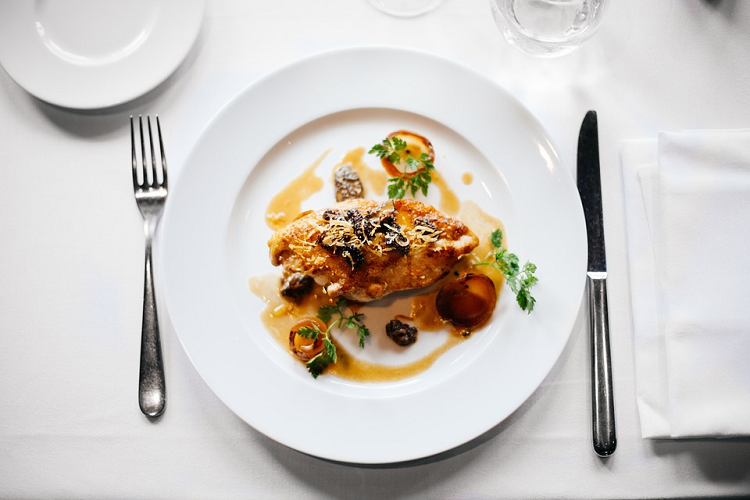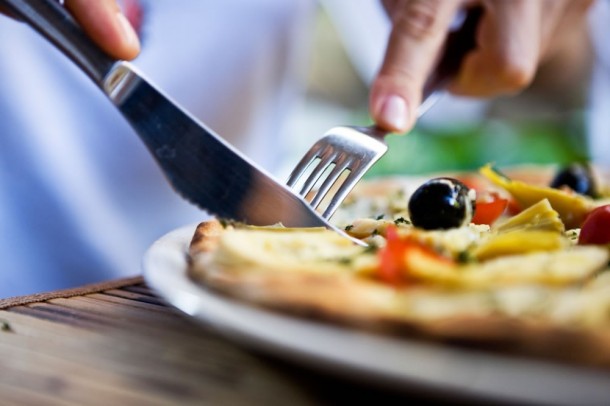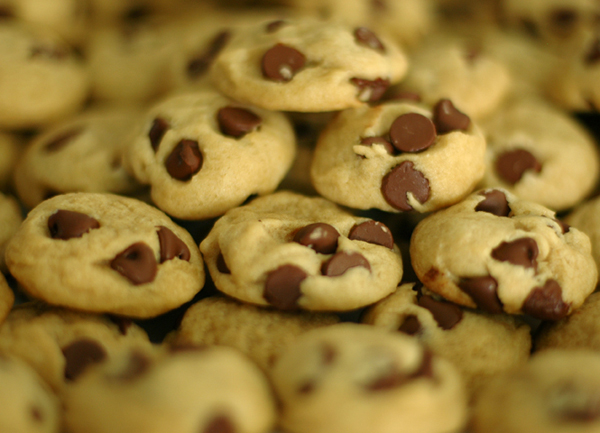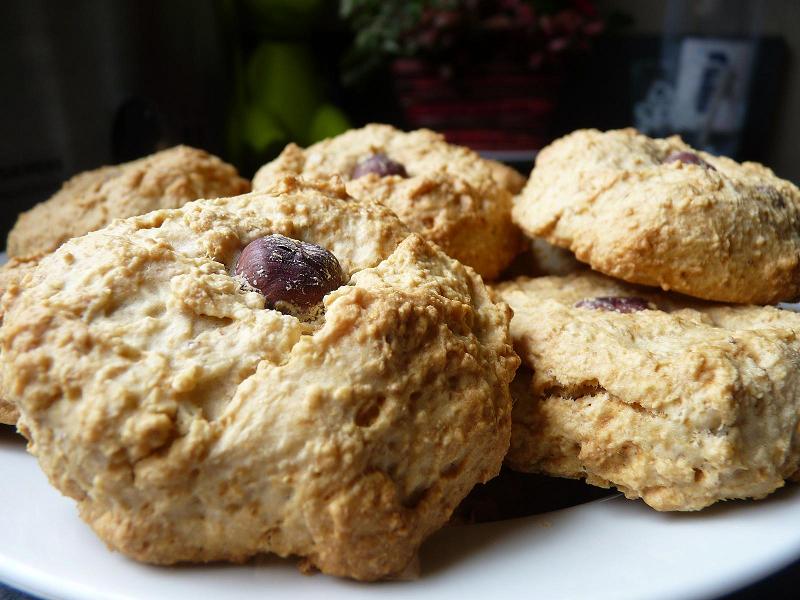Have you ever wondered what factors influenced the pricing of different types of meals at your favourite restaurant? Well, today, you are going to find out exactly how restaurant meal prices are determined.

Below is a list of factors affecting these prices:
- i) Location of Restaurant
Some restaurants are located in the suburbs while others are located in the CBD. Obviously, rent in the CBD is much more expensive than the rent charged in the suburbs or outskirts of the city. To ensure that rent is fully catered for in the pricing of meals, restaurateurs with restaurants in the CBD will charge higher prices for their meals. Basically, the higher the rent, the higher the prices will be.
- ii) Quality of Staff
If a restaurant hires a number of specialist chefs who are well known in the industry, you can expect meal prices at that restaurant to be much higher. Some restaurants have a sushi chef, a Chinese food chef and a normal chef. Since these chefs require higher wages, meal prices must be raised to ensure these specialists are well compensated for their services. A restaurant with a single chef and several cooks who have learned on the job will charge lower meal prices because they do not pay the same wages.

iii) Taxes
Every business must pay a number of taxes. There is the corporate tax, sales tax and payroll taxes. While payroll taxes are deducted from employee earnings, corporate tax can only be calculated at the end of the year after profit or loss has been determined. However, sales tax must be paid on a monthly basis regardless of the profitability of the restaurant. This is because the tax must be added to meal prices. For every meal or drink that is served at a restaurant, sales tax must be paid. When filing returns, this tax is usually calculated as a percentage of total sales.
- iv) Cost of Raw Materials
Restaurants basically process and combine different raw materials to come up with great meals. For instance, they need vegetables, fruits, beverages, steak, pork chops, fish, shrimps, crabs and many other types of food items. They also require cooking oil, spices, salt, sugar and herbs among other types of raw materials. Cooking gas, water and electricity costs must also be taken into consideration. Regardless of where these raw materials are sourced from, the procurement cost must be including in meal prices.

- v) Profit Margin
The main goal of running a business is to make a profit. While the key driver might be the passion a person has for that line of work, profit is the end goal. Whether meal prices are high or low, the owner must make a profit from each item that is served at the restaurant. The profit margin in most restaurants is usually a percentage of the cost of production and taxes. For instance, if it costs $2 to make a cup of coffee, the owner may quote $2.50 for the same cup, which gives them a 50 cent profit.












